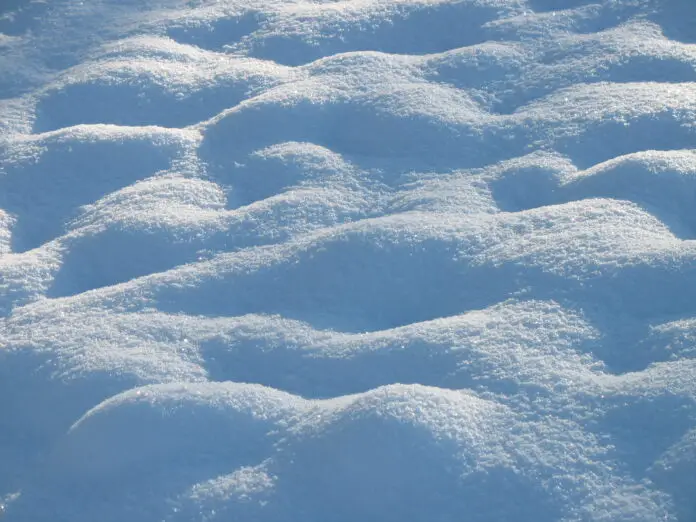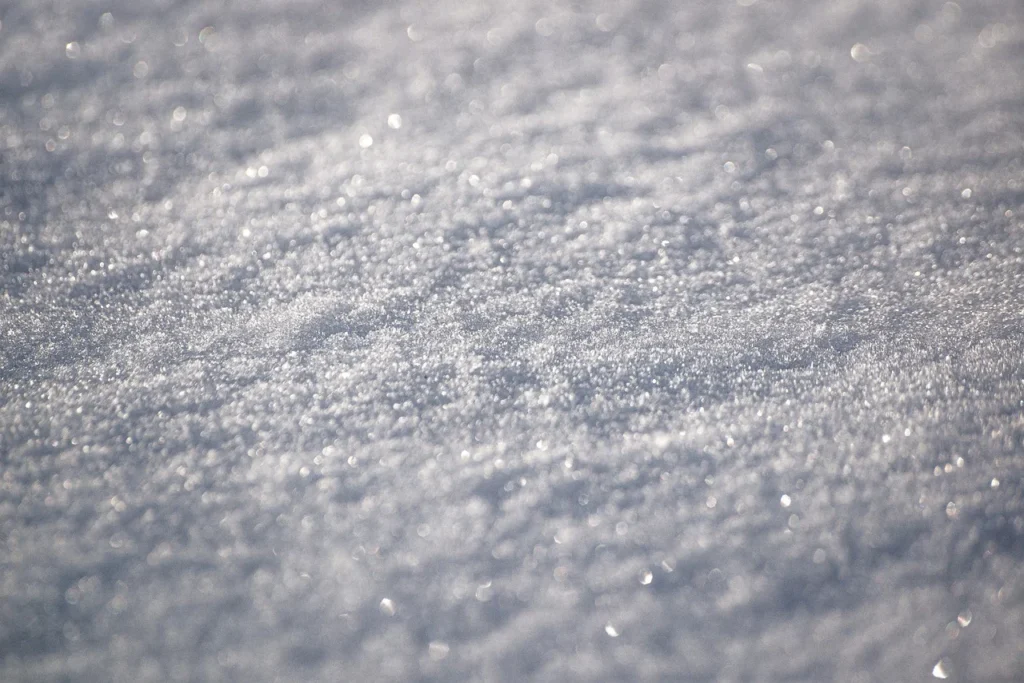
Snow can be a source of dismay or relief, depending on how you may look at it. You may hate it during times when it has to be cleared off your driveway, or adore it as you ride down the slopes of your favorite winter destination. Regardless on how you would like to take a look at it, snow has some bearing on our existence, affecting us in more ways than one.
Forecasting snow is an important part in determining how this flurry may influence our daily lives, and poses a significant effect on future occurrences or even mishaps.
So why is there such emphasis on Snow Reports or snow forecasts? Snow Reports play an imperative function to us other than knowing when to be stuck home or go out in an uproar with our Snowboarding Equipment.
Snow forecasts are significant to the travel and tourism industry. Since most resorts make use of snow to bring in guests during the winter season, powder white forecasts affect this industry as it serves as a vital income-generating source.
Snow Reports are needed to verify the amount of snow still needed for stock piling in case of increase in temperature and decrease in volume of snowfall. Accurate temperature and forecasts allow resorts to assume the amount needed for Snowmaking, in order to produce the best slopes for their guests.

Snow Reports are also essential in proper water resource management. Many existing water resources in the United States are from areas that depend on snowmelt-fed river systems.
Those areas with low levels of annual rainfall, such as Columbia and Colorado, rely on snowfall for future water consumption requirements. Snow water equivalents are used in estimating their reservoir data.
This information affects and provides a crucial part in water management, irrigation, and reservoir operation.

Snow forecasts have a great impact on other industries as well, other than travel and tourism. Agricultural industries, for example, rely on Snow Reports to ensure sufficient snowmelt water supply for the crop-growing season.
Depth and water content of accurately estimated and forecasted snowpack verify the amount of runoff from watersheds, crucial to the agricultural industry. Fisheries and crop management require that droughts be rapidly foreseen to cover supply shortages and income deficits in the industry.
Snow forecast observations are also valuable for both private and the federal state. Forecasts provide probable assumptions of costs to be incurred by various entities. Local governments, for example, assume cost estimates for the amount of snowfall intended for removal on public roads and highways. Private contracts, on the other hand, can be affected by the range of forecasted snowfall during the season. Forecast accuracy poses a great consequence to various bodies and organizations.
Snow Reports are not made available only for media weather forecasting and public information. Forecasts affect industries, incomes, and budgets, other than the upshot on the individual.



















